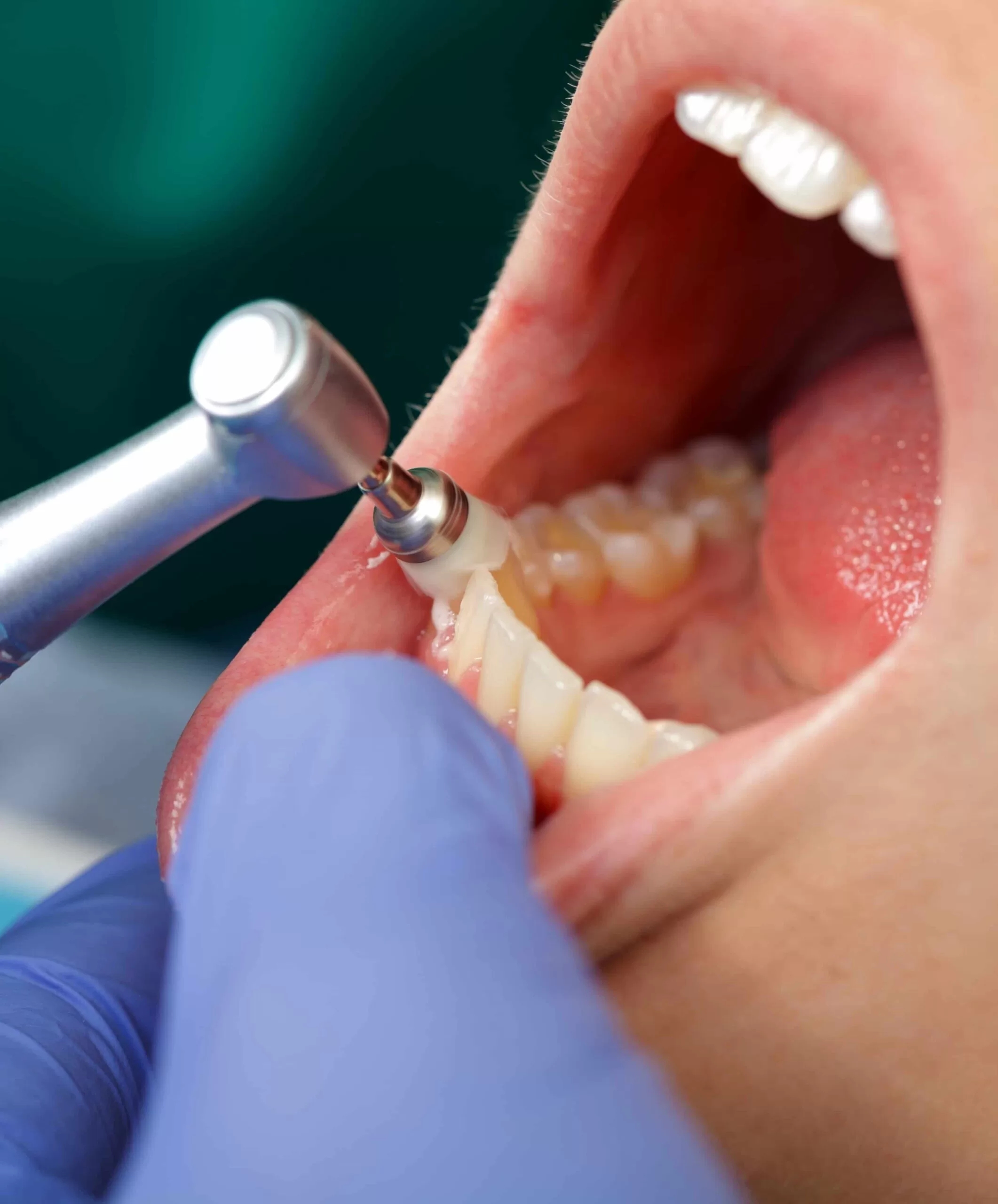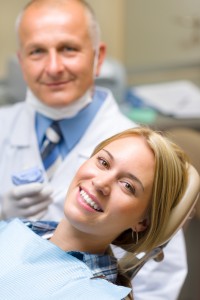What Is Dental Prophylaxis

Dental prophylaxis, also known as a dental prophylaxis treatment or professional dental cleaning, is a crucial preventive measure in maintaining oral health. It involves the removal of plaque, tartar, and stains from the teeth, both above and below the gum line, to prevent the development of dental problems such as gingivitis, periodontitis, and other conditions that can lead to tooth loss. This treatment is typically performed by a dental hygienist or a dentist.
Importance of Dental Prophylaxis
Regular dental prophylaxis is essential for several reasons:
Prevention of Gingivitis and Periodontitis: Plaque and tartar buildup can lead to inflammation of the gums (gingivitis) and, if left untreated, can progress to periodontitis, a more severe infection that damages the soft tissue and bone supporting the teeth.
Halts Bad Breath (Halitosis): Accumulation of bacteria in the mouth can cause bad breath. Cleaning the teeth and gums helps in eliminating these bacteria, thereby freshening the breath.
Boosts Confidence: Clean, healthy teeth and gums contribute to a brighter, more confident smile.
Detection of Oral Health Issues: Regular cleanings provide an opportunity for dental professionals to detect early signs of oral health issues, such as cavities, cracked teeth, or oral cancer, allowing for early intervention.
Maintenance of Overall Health: There is growing evidence of a link between gum disease and other health issues, including heart disease, diabetes, and respiratory disease. Maintaining good oral health through regular prophylaxis may help in reducing the risk of these conditions.
The Process of Dental Prophylaxis
The dental prophylaxis procedure typically involves several steps:
Examination: Before the cleaning begins, the dentist or hygienist will examine your mouth to look for any signs of oral disease.
Removal of Plaque and Tartar: This is done using an ultrasonic device that emits high-frequency sounds to break down tartar, and a hand scaler for more precise removal, especially below the gum line.
Polishing: After the removal of tartar and plaque, the teeth are polished using a polishing paste to remove any surface stains, making the teeth feel smooth and clean.
Fluoride Application: A fluoride gel or foam may be applied to the teeth to help strengthen tooth enamel and make teeth more resistant to decay.
Education and Advice: Finally, the dental professional may offer advice on how to improve oral hygiene at home, including proper brushing and flossing techniques, and dietary advice to reduce sugary and acidic food intake.
Frequency of Dental Prophylaxis
The frequency of dental prophylaxis visits depends on individual oral health needs. For most people, a visit every six months is recommended. However, for those with a history of oral health issues, such as periodontal disease, more frequent cleanings might be necessary. Factors such as smoking, diabetes, and genetic predisposition to dental problems may also require more frequent visits.
Conclusion
Dental prophylaxis is a cornerstone of preventive dental care. By removing plaque, tartar, and stains from teeth, both above and below the gum line, this treatment helps prevent a range of dental issues, contributing to better oral health, overall well-being, and a more confident smile. Regular visits to the dentist for prophylaxis, combined with good oral hygiene practices at home, are key to maintaining healthy, strong teeth and gums for a lifetime.
How often should I visit my dentist for a dental prophylaxis?
+For most individuals, visiting the dentist every six months for a dental prophylaxis is recommended. However, the frequency may vary based on your oral health needs and risk factors for dental diseases.
Does dental prophylaxis hurt?
+Most people do not find dental prophylaxis painful. However, if you have sensitive teeth or gums, your dentist may use a local anesthetic to make the procedure more comfortable. Additionally, the use of modern ultrasonic scaling devices has made the process more efficient and less likely to cause discomfort.
Can dental prophylaxis help with bad breath?
+Yes, dental prophylaxis can help eliminate bad breath by removing the source of the odor: bacteria and food particles accumulated on the teeth and below the gum line. Regular dental cleanings, combined with good oral hygiene practices, can significantly reduce or eliminate bad breath.
